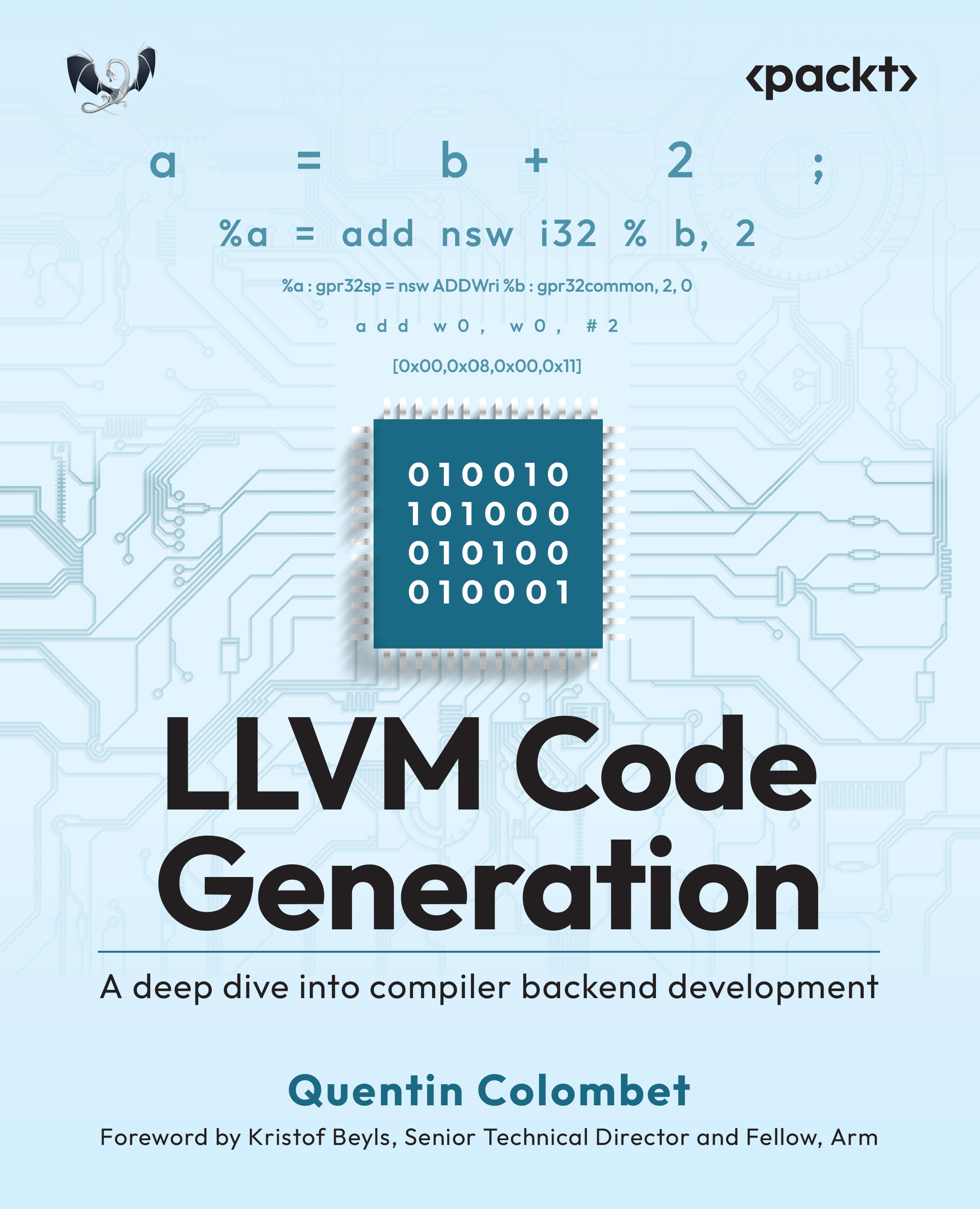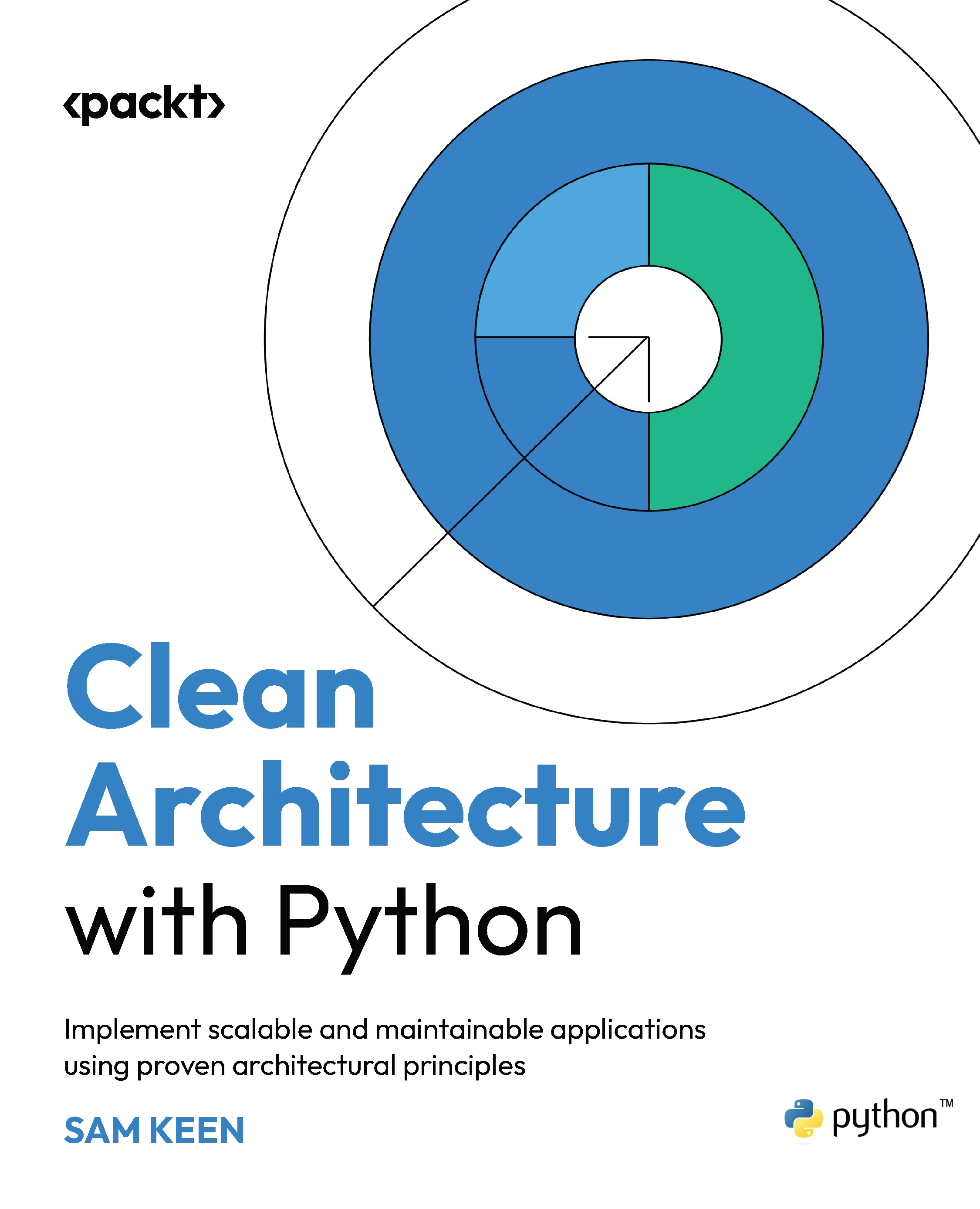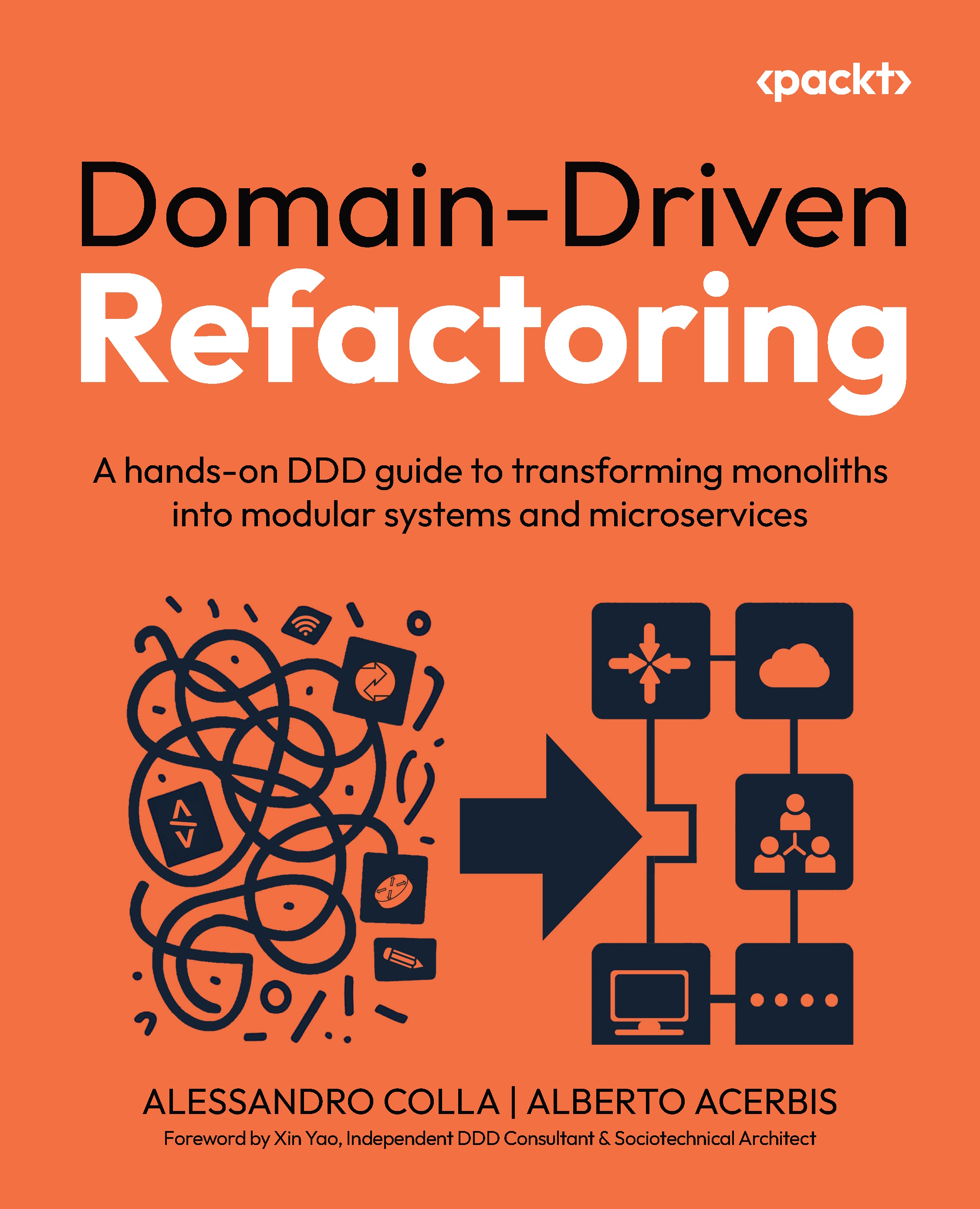While being interoperable, Kotlin code is far superior to Java code. Like Scala, Kotlin uses type inference to cut down on a lot of boilerplate code and makes it concise. (Type inference is a better feature than dynamic typing as it reduces the code without sacrificing the robustness of the end product). However, unlike Scala, Kotlin code is easy to read and understand, even for someone who may not know Kotlin.
Kotlin's data class construct is the most prominent example of being concise as shown in the following:
Compared to its Java counterpart, the preceding line has packed into it the class definition, member variables, constructor, getter-setter methods, and also the utility methods, such as equals() and hashCode(). This will easily take 15-20 lines of Java code.
The data classes construct is not an isolated example. There are many others where the syntax is concise and expressive. Consider the following as additional examples:
Statically typed languages have a built-in safety net because of the assurance that the compiler will catch any incorrect type cast. Both Java and Kotlin support static typing.
With Java Generics introduced in Java 1.5, they both fare better over the Java releases prior to 1.5.
However, Kotlin takes a big step further in addressing the Null pointer error. This Null pointer error causes a lot of checks in Java programs:
String s = someOperation();
if (s != null) {
...
} One can see that the null check is not needed if someOperation() never returns null. On the other hand, it is possible for a programmer to omit the null check while someOperation() returning null is a valid case.
With Kotlin, the definition of someOperation() itself will return either String or String? and then there are implications on the subsequent code, so the developer just cannot go wrong. Refer the following table:
One may point out that Java developers can use the @Nullable and @NotNull annotations or the Optional class; however, these were added quite late, most developers are not aware of them, and they can always get away with not using them, as the code does not break. Finally, they are not as elegant as putting a question mark.
There is also a subtle point here. If a Kotlin developer is careless, he would write just the type name, which would automatically become a non-nullable declaration. If he wanted to make it nullable, he would have to key in that extra question mark deliberately. Thus, you are on the side of caution, and that is as far as keeping the code robust is concerned.
Another example of this robustness is found in the var/val declarations. Seasoned programmers know that most variables get a value assigned to them only once. In Kotlin, while declaring the variable, you choose val for such a variable. At the time of variable declaration, the programmer has to select between val and var, and so he puts some thought into it. On the other hand, in Java, you can get away with just declaring the type with its name, and you will rarely find any Java code that defines a variable with the final keyword, which is Java's way of declaring that the variable can be assigned a value only once.
Basically, with the same maturity level of programmers, you expect a relatively more robust code in Kotlin as opposed to Java, and that's a big win from the business perspective.
 United States
United States
 Great Britain
Great Britain
 India
India
 Germany
Germany
 France
France
 Canada
Canada
 Russia
Russia
 Spain
Spain
 Brazil
Brazil
 Australia
Australia
 South Africa
South Africa
 Thailand
Thailand
 Ukraine
Ukraine
 Switzerland
Switzerland
 Slovakia
Slovakia
 Luxembourg
Luxembourg
 Hungary
Hungary
 Romania
Romania
 Denmark
Denmark
 Ireland
Ireland
 Estonia
Estonia
 Belgium
Belgium
 Italy
Italy
 Finland
Finland
 Cyprus
Cyprus
 Lithuania
Lithuania
 Latvia
Latvia
 Malta
Malta
 Netherlands
Netherlands
 Portugal
Portugal
 Slovenia
Slovenia
 Sweden
Sweden
 Argentina
Argentina
 Colombia
Colombia
 Ecuador
Ecuador
 Indonesia
Indonesia
 Mexico
Mexico
 New Zealand
New Zealand
 Norway
Norway
 South Korea
South Korea
 Taiwan
Taiwan
 Turkey
Turkey
 Czechia
Czechia
 Austria
Austria
 Greece
Greece
 Isle of Man
Isle of Man
 Bulgaria
Bulgaria
 Japan
Japan
 Philippines
Philippines
 Poland
Poland
 Singapore
Singapore
 Egypt
Egypt
 Chile
Chile
 Malaysia
Malaysia

















